Everyone thinks driving an automatic car is easy. And they are right! A simple press of the gas pedal gets you going, and a stomp on the brakes stops you in your tracks — no manual shifting or clutch pedal needed.
But, that doesn’t mean you should take your transmission and engine for granted. Driving an automatic transmission comes with its own set of rules.
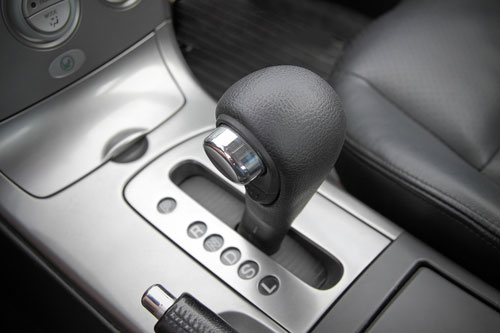
What Not to Do When Driving an Automatic Car
No worrying about miss-shifting or stalling out when you drive a car with an automatic transmission. However, there are still a few things that you shouldn’t do when driving an automatic car.
Stop Coasting in Neutral — Downhill or Otherwise
There is a misconception floating around that putting your car in neutral while going down a hill, coasting or at a stop light saves your engine and conserves gas.
Well, that’s not true.
Modern cars now automatically stop the flow of gasoline when it’s not needed. Thank you modern technology! Additionally, it’s not a safe practice. Should you need to accelerate out of danger quickly, you can’t go anywhere when in neutral. This may be why coasting in neutral is illegal in some states.
If stopped in traffic that shows no signs of moving, turn the car off. Everywhere else, use your brakes — that’s what they are there for.
No Launching
Trying to impress the pretty girl at the light? Well, launching your car won’t do that.
What’s launching? It’s when you rev your engine in neutral, and then quickly dropping it into drive to “launch” forward. But, it doesn’t do anything good for you or your engine. In fact, it prematurely wears your transmission by causing more friction between components.
All that extra wear and tear for nothing.
No More Switching Between Gears While Moving
We aren’t talking about switching between first and second gears, that helps to save your brakes while going downhill (even in an automatic car).
What we are talking about is switching into park while still moving and changing in-and-out of reverse while moving.
We’ve all done it. We were running late for work and pulled out of our parking spot quickly to get going, switching into drive from reverse without coming to a complete stop. Or maybe in our excitement, we slammed our car into park before stopping.
By switching gears without stopping, your engine pulls double duty — doing the job of your transmission and your brakes. If it does extra work too often, it’s going to wear-down doubly fast.
Don’t Drive on Empty
All cars rely on gasoline and fuel, but automatic transmissions also rely on proper fluid levels and pressure. It keeps all the components that automatically shift gears working while lubricating the entire system.
Failing to fill up, whether because you’re on an empty stretch of road or because you can’t be bothered, leaves your transmission unlubricated and heating up. Both cause premature wear, but together — that’s quite a bit of damage because you didn’t feel like putting gas in that morning.
Forgetting Your Parking Brake Exists
Parking brakes aren’t just for steep hills.
Leaving your automatic car in park rests its entire weight on the tiny metal part that locks your engine into park. That’s a big job for such a small part.
So, that’s where the parking brake comes in.
Help that small part out with a mechanism that’s designed to take the weight. Next time you park, even if in a flat spot, put the parking brake on.
The invention of the automatic transmission was a big step in both performance and ease. Driving an automatic car is as easy as pressing the gas pedal. But, that’s doesn’t mean you can forget about good driving habits. There are some dos and don’ts of driving an automatic car that help keep your vehicle on the road for longer.
Automatic car starting to act a little funny, making a few noises? Schedule a repair with Northwest Auto Center of Houston today.

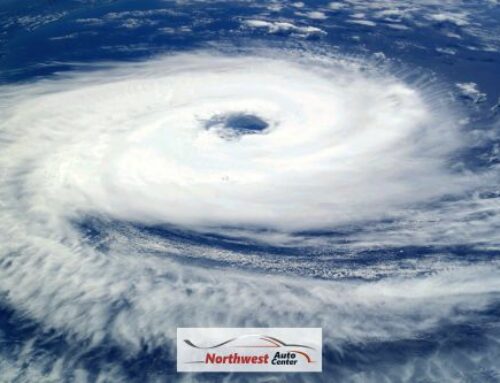

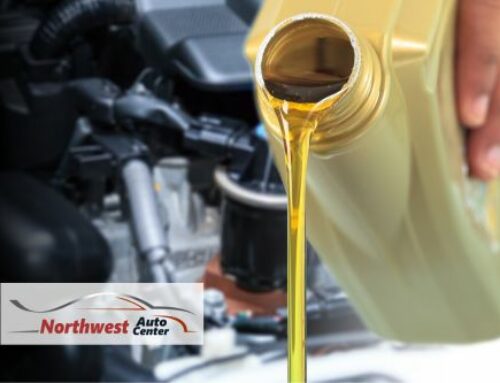
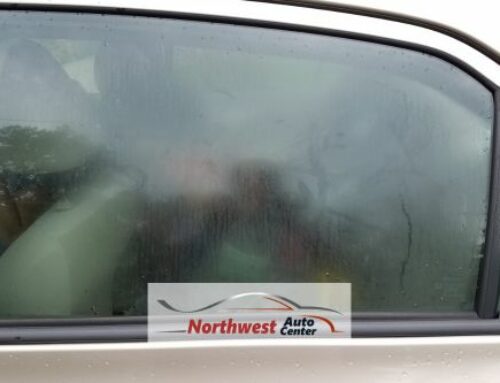
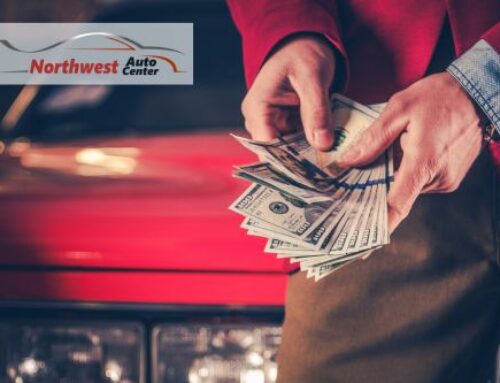
Leave A Comment
You must be logged in to post a comment.